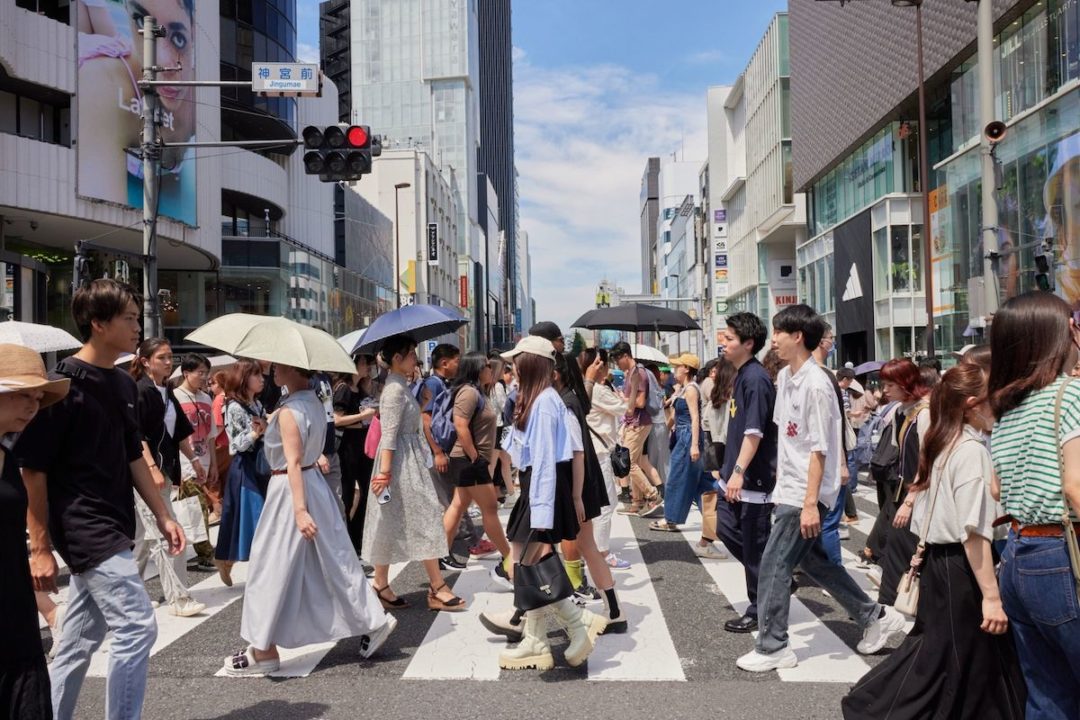
Visit Our Sponsors |
|
|
|
|
|
|
|
|
|
|
|
|
|
|
|
|
|
|
|
|
|
|
|
|
|
|
|
|
|
|
|
|
|
|
|
|
|
|
|
|
|
|
|
|
|
|
|
|
|
|
|
|
|
|
|
|

Japan’s retail sales rebounded more than expected during May 2023 from April as the return of tourists continued to aid economic recovery while domestic demands remained resilient.
Spending rose 1.3% from April, according to a June 29 statement from the economy ministry, beating economists’ expectations of a 0.8% increase. Compared to 2022, outlays jumped 5.7%, led by gains in cars, medical and cosmetic goods sales. Outlays on food and drinks also advanced.
The figures were likely pushed up by continued inflation, which remains above 3%.
The rebound in sales supports the view among economists that increasing demands from the return of overseas tourists continue to help Japan counter a slowdown in the global economy. Analysts expect Japan’s economy to expand in the second quarter of 2023, albeit at a slower pace than the previous three months.
“The data looks stronger than reality as the numbers are padded by inflation, but still it’s true that private consumption is more resilient than expected,” said Yuichi Kodama, an economist at Meiji Yasuda Research Institute. “Inbound tourism is doing really well and may return to the pre-pandemic level by year-end, which should be a big driver for the economy.”
Read more: Sinking Global Trade Hurts Asia, Helps Western Countries
Overseas tourists are returning in droves to Japan with pandemic border controls gone, and the yen’s recent drop to a seven-month low against the dollar is likely to further boost their spending power.
The number of visitors from abroad has recovered to almost 70% of pre-pandemic levels as of May 2023, according to the Japan National Tourism Organization, suggesting demands could still increase from here. Their spending has already returned to almost 90% of pre-pandemic amounts during the first quarter of 2023, according to the Japan Tourism Agency.
Domestic shoppers are facing a mixed picture in that wages are picking up while inflation is proving to be stickier than expected, outpacing the rise in paychecks.
A slew of economic data including inflation in Tokyo and national factory output is due June 30. The price measure is closely watched as it’s among the key indicators that the Bank of Japan is monitoring to gauge the course of its monetary policy.
The central bank’s persistent monetary easing has been bucking the trend of monetary tightening abroad to cool inflation.
RELATED CONTENT
RELATED VIDEOS
Timely, incisive articles delivered directly to your inbox.







